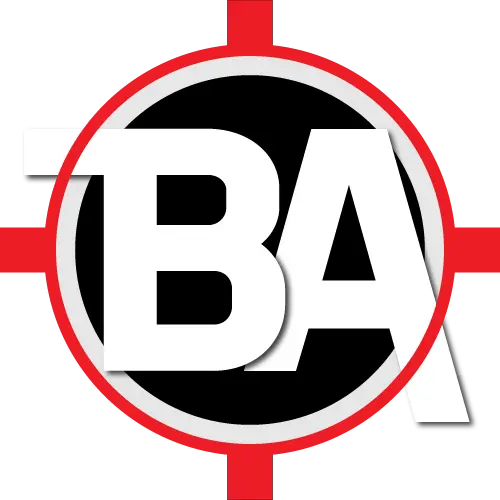
Why Agile? #
During my career as a Business Analyst, I worked with both Predictive (Waterfall) and Adaptive (Agile) methods of software development and clearly, Agile method is the winner because of it’s flexibility, collaborative approach and short development cycles.
Waterfall method is still not fully obsolete but also not the best method. It can be applied when the requirements are fully defined at the beginning of the development cycle, when the scope and cost is fixed (i.e. no changes are expected or allowed in the middle of development) and when the changes being developed are not time sensitive or mission critical.
In this fast paced and digitally connected world, the time to market window is becoming shorter due to technological advancements and AI, so the businesses need to deliver product increments much faster, without compromising the value, to compete with the race.
This is where Agile Method helps businesses achieve their goals provided that the Agile Principles are followed correctly! Learn more about the Agile Principles here.
It’s the responsibility of Agile Team to ensure that each product increment delivers value and aligns with the product and organization’s vision or goal.
Product Owner and Business Analyst are the 2 most important roles in any Agile team who are accountable and responsible to maximize the value of the product. Learn more about these 2 roles here.
The business analysis practices are a little different in the Waterfall and Agile methods. The basic difference is the frequency of collaboration which is high in Agile and low in waterfall.
In waterfall method, business stakeholders are involved only at the beginning and at the end when the changes are done but in Agile, there is a continuous involvement and collaboration with the business stakeholders to maximize the product value.
So, if a business analyst moves from Waterfall to Agile based project/product, it requires a shift from traditional static requirements gathering to continuous learning, adaptation, and collaboration with the stakeholders. Basically, it’s required to follow the Agile Mindset while performing business analysis.
For the business analysts starting their career with an Agile based project, it’s important to understand and follow the Agile Mindset for success.
Let’s understand how a business analyst can succeed in an Agile product/project by adapting to the Agile Mindset.
Overview of Agile Business Analysis #
It’s nothing new but a practice of business analysis in an Agile project with the Agile Mindset.
Agile Business Analysis provides a competitive advantage in fast paced and complex environments through continuous feedback and learning at 3 horizons - Strategy, Initiative and Delivery.
In an Agile SCRUM framework, normally the length of an iteration (called Sprint) is a week or 2 weeks or a month at maximum.

To utilize the development team’s full capacity for an iteration, the product owner and business analyst have to keep supplying the work items (user stories) to the development team well ahead of the iteration. They are not just the random list of work items, but the items on the top of prioritized list, that would add a value to the business.
A Product Owner keeps on getting requirements of different kinds and from different sources all the time. So, the product owner keeps adding requirements to the Product Backlog, collaborates with business stakeholders to refine and prioritize the backlog items based on the business strategy and goals. A business analyst can assist product owner while refining the backlog.
A Business Analyst should take up the list of top priority requirements from the backlog, analyze them, model them, specify them and make them ready for the development before an iteration begins. Once the changes are developed and tested, a business analyst collaborates with product owner and business stakeholders to review the changes and provide their feedback. With the continuous collaboration and transparency, each change is vetted thoroughly before it gets to the production ensuring that it meets the business objective.
This is an overview of the activities that an Agile Business Analyst does within shorter time frames usually, because of the shorter iterations. That’s called Agile and hence it’s required to have the Agile Mindset to succeed in this fast paced environment.
The Agile Mindset - A Collaborative Approach to Changes #
Agile is essentially a mindset that guides how to approach the work, rather than how to do the work.
According to the Agile Manifesto, these are the main aspects of the Agile Mindset:
- Consistently and Rapidly deliver the value
- Collaborate with courage
- Iterate to learn
- Simplify to avoid waste
- Consider Context and adapt to realities
- Reflect on feedback and adapt both product and process
- Produce the highest quality products
According to the Agile Extension to BABOK Guide, an Agile Business Analyst can apply the Agile mindset by following these Agile principles:
- See the Whole
- Think as a Customer
- Analyze to Determine what is valuable
- Get Real Using Examples
- Understand What is Doable
- Simulate Collaboration and Continuous Improvement
- Avoid Waste
In nutshell, an Agile business analyst is a collaborative change agent who practices the business analysis by following the above mentioned agile principles to succeed in an agile environment.

